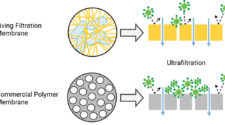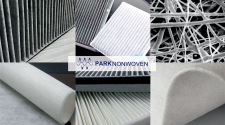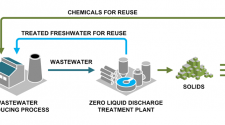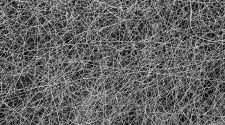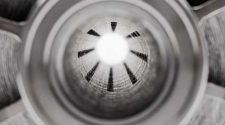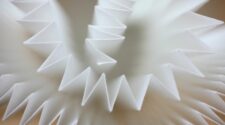Polytetrafluoroethylene (PTFE) and ePTFE Expanded PTFE originated in the lab at Dupont by chance. That being said, both PTFE and ePTFE were the result of ingenuity, diligence, and technical abilities. Bill Gore from W.L. Gore was the inventor and innovator of ePTFE material. One of many innovations was its incorporation with other textiles and nonwovens to create a membrane filtration composite. PTFE has the lowest coefficient of friction, and the highest heat resistance, chemical resistance, and nonstick properties of all fluoropolymers.
Pairing those foundational characteristics of PTFE with the physical fibrous structure in the expanded format yields a material that is highly porous, functionally customizable and is a significant enhancement to filtration medias. ePTFE membranes allow gases and vapors to pass, while restricting liquids. The microporous structure of the membrane also keeps particulate out of the fabric, collecting particles on the surface of the filter media which reduces internal abrasion and helps extend filter life. This fine filtration product virtually eliminates emissions that take place during filtration startup and following cleaning cycles when in application.
The technology has evolved over the years as more manufacturers have introduced more products into the market. Most notably the ability to produce an ePTFE membrane that exhibits a highly symmetrical fiber configuration. This structure enables increased airflow, reduced energy consumption which yields long filter life. Another notable technical evolution is that of composite membrane technologies which adds additional functionality to the nonstick nature of the membrane. One notable additional is that of carbon black which increases strength and added hydrophobicity.
The opportunities for ePTFE membranes continue be strong in industrial filtration of both air and liquids. Because ePTFE has such unique properties such as high filtration efficiency, chemical inertness, and the ability to sustain high temperature it is set apart from most other similar performance technologies.
Sumitomo Electric Industries, LTD has developed a novel ePTFE membrane that addresses application in the semiconductor filtration industry. This liquid application requires the ability to filter liquids with a filtration efficiency of greater than 50% of 30-nm particulate with an IPA flow rate of ≥ 0.8 (ml/min/cm2/100kpa). This commercially available material utilizes multi-layer ePTFE membranes. This composite membrane has a liquid facing membrane with smaller pores and higher density and is much thinner than that of conventional membranes. This novel membrane is combined with a typical membrane to form a gradient membrane and support structure which is highly efficient and durable.
The primarily raw material used in the manufacture of ePTFE membranes is PTFE. Pricing and availability of PTFE has been and continues to be difficult due to closures of various Chinese and European PTFE manufacturing facilities. Other factors affecting PTFE aside from lower supply include import duties and a changing regulatory environment. All these combined factors are restraining growth due to higher associated costs in the production of PTFE membranes.
The opportunities for ePTFE membranes continue be strong in industrial filtration of both air and liquids. Because ePTFE has such unique properties such as high filtration efficiency, chemical inertness, and the ability to sustain high temperature it is set apart from most other similar performance technologies. One of the biggest filtration applications and one that hasn’t been fully realized, in my opinion, is desalinization. Utilizing ePTFE for its moisture vapor transfer rate as a separation technology via collection of evaporated sea water could be a promising new technology. The natural force of solar energy could be put to work evaporating water through a membrane. The water vapor and salt being separated with the vapor condensation and thus captured salt free on the back side of the filter media line a one-way valve. I am not aware that this technology is being utilized commercially today but theoretically it’s possible and could be an effective way to trap and collect fresh water.
The outlook for ePTFE membranes in filtration for the next 10-15 years will be one of modest growth. ePTFE is an incredible filtration material however, it is very persistent in the environment which can be potentially problematic. Also, separating ePTFE from used filter media can also be challenging to say the least.
Lastly, new technologies and material configurations in the form of nanofibers continue to push the boundaries in filtration and encroach on ePTFE. Polymer recycling technologies are continuing to evolve and there is a significant push towards circularity. However, further technological innovation is needed to cost effectively process such an amazing material.
As director of education and technical affairs, Chris presents regular training related to nonwovens and filter media from INDA’s headquarters in Cary, NC. For more information about upcoming training opportunities, visit inda.org/education.
International Filtration News is owned by INDA, Association of the Nonwoven Fabrics Industry (inda.org).


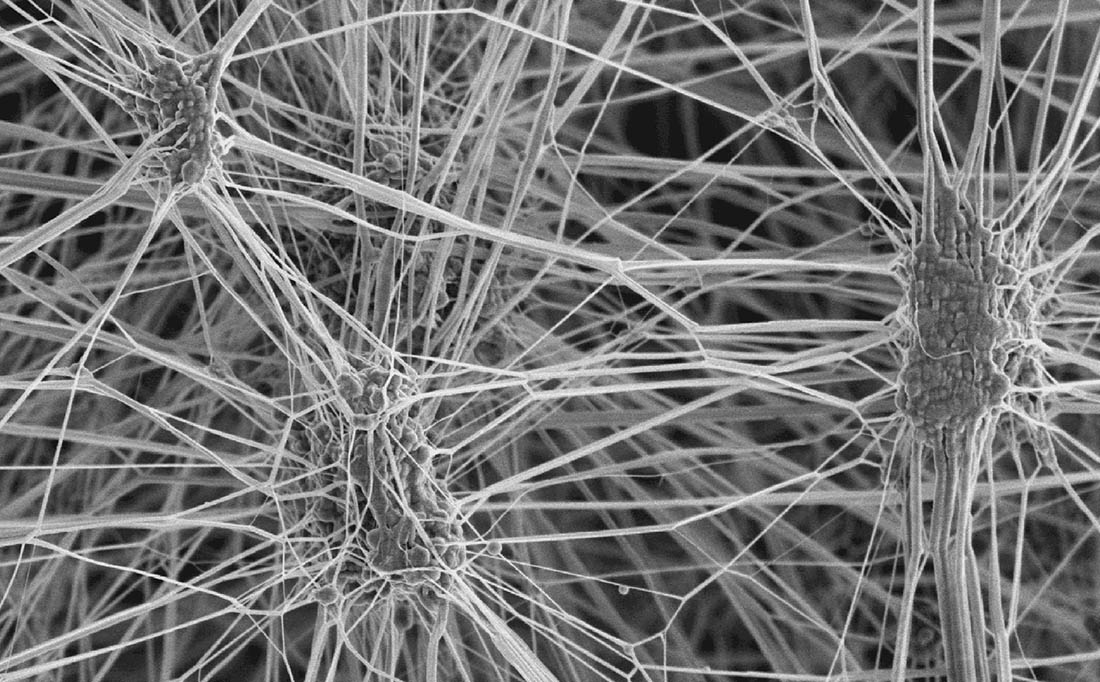
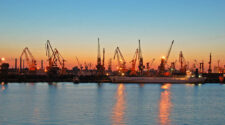
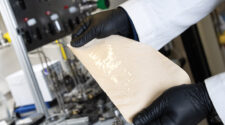
![Figure 1: Differentiation with membranes based on the famous Robeson diagram that plots selectivity vs. permeability. From Reference. [4]](https://www.filtnews.com/wp-content/uploads/IFN_042023_membranes_Figure1-225x125.jpg)
